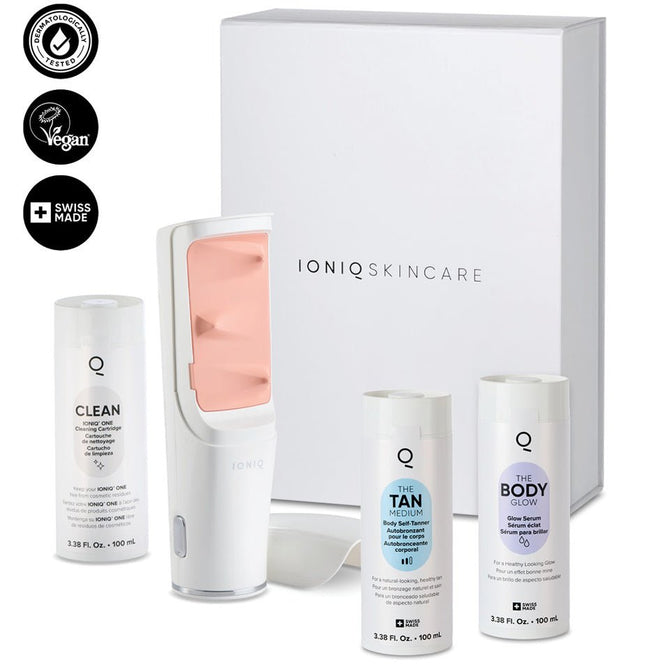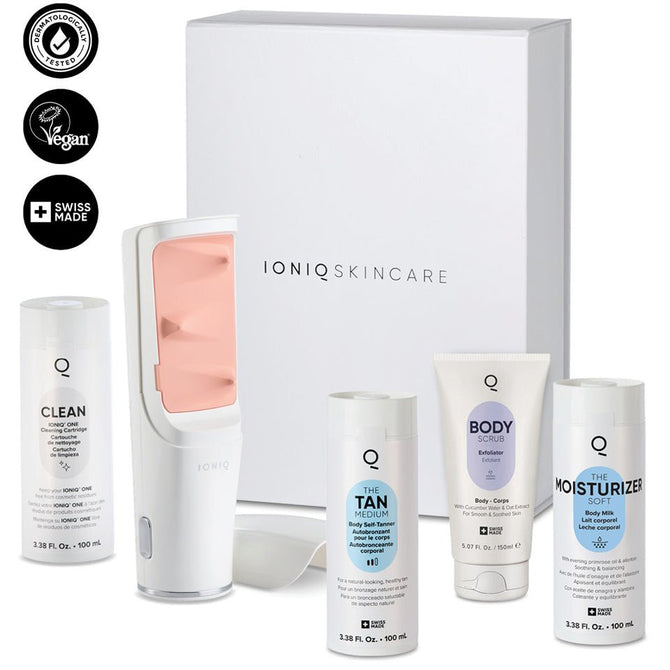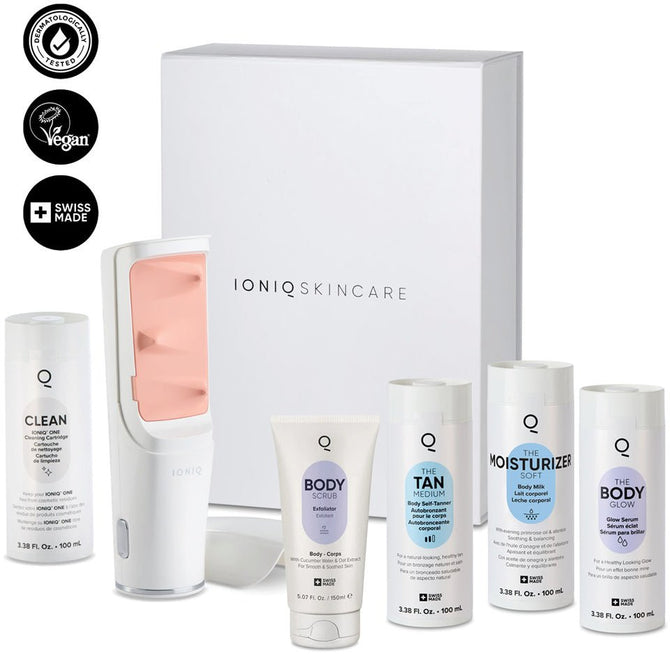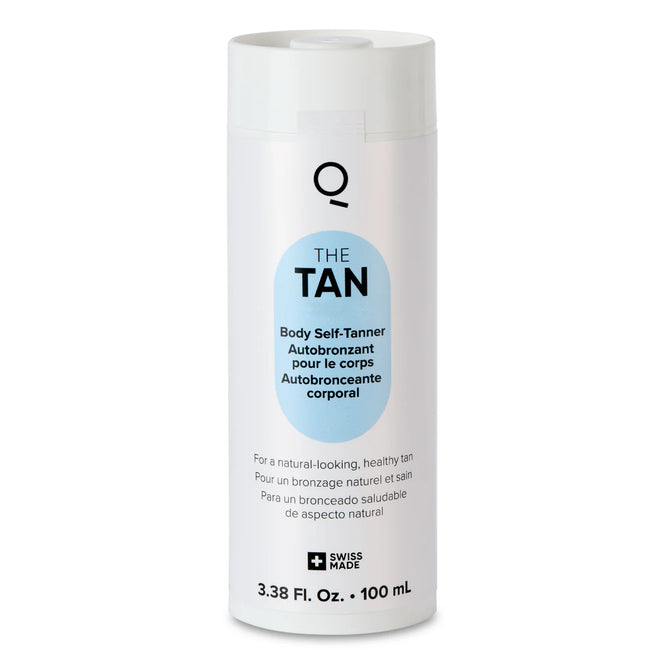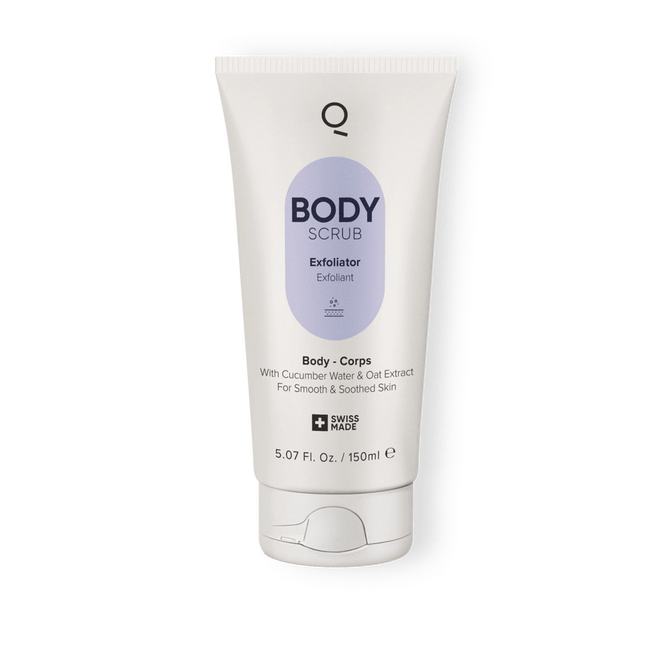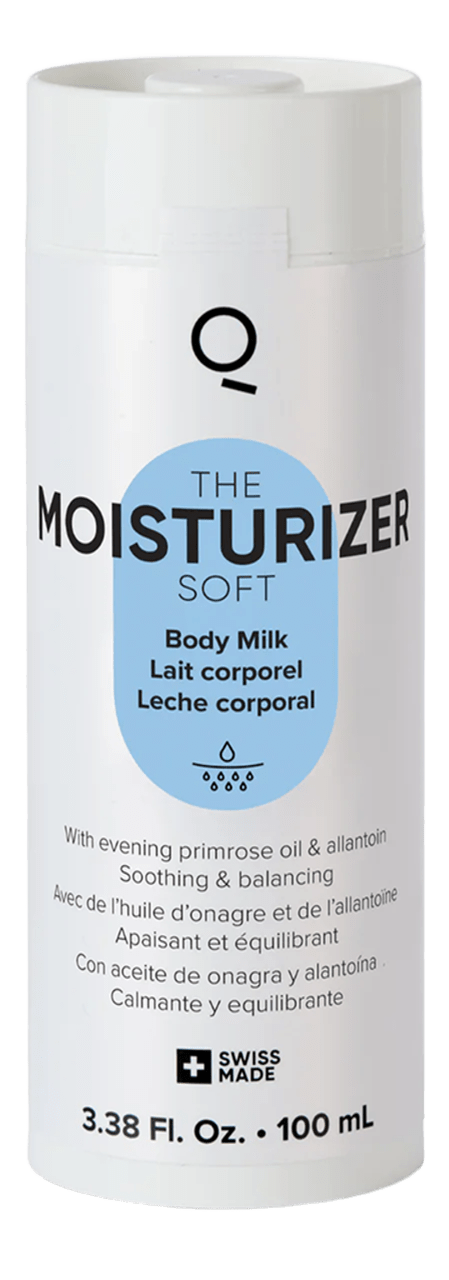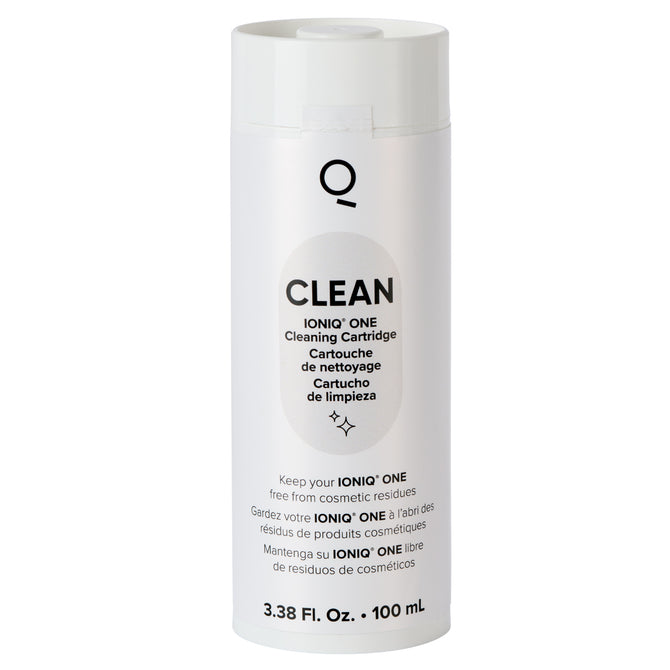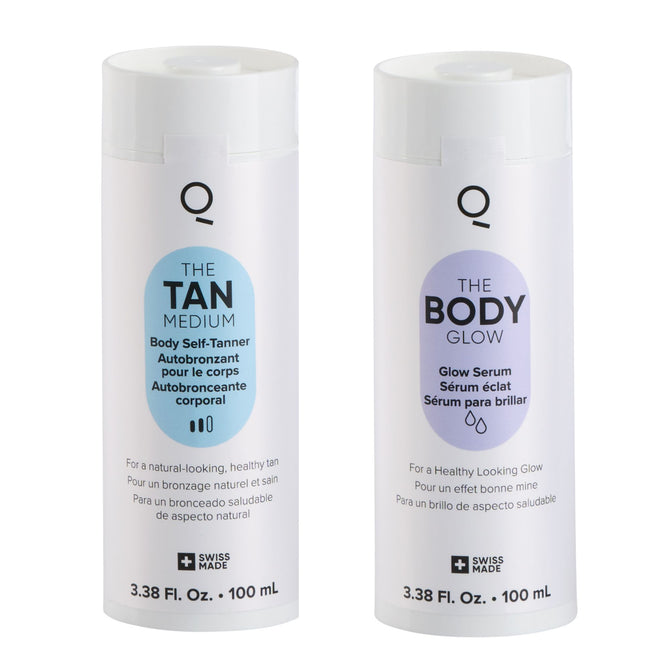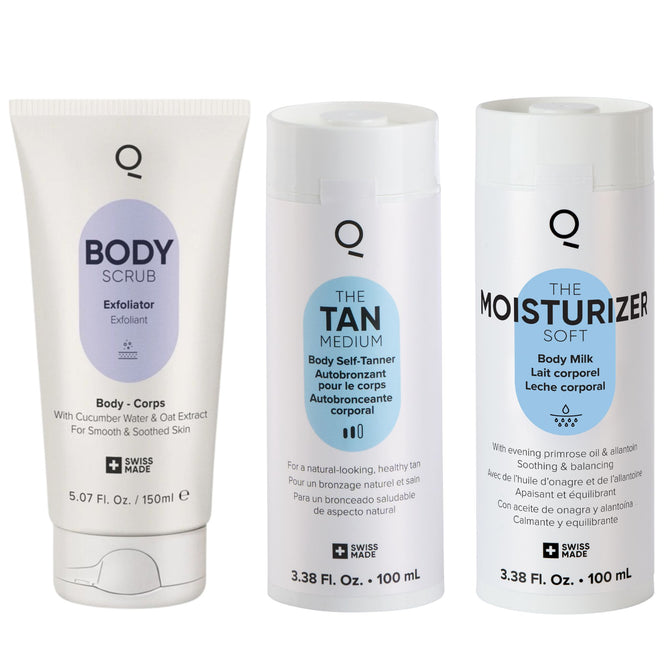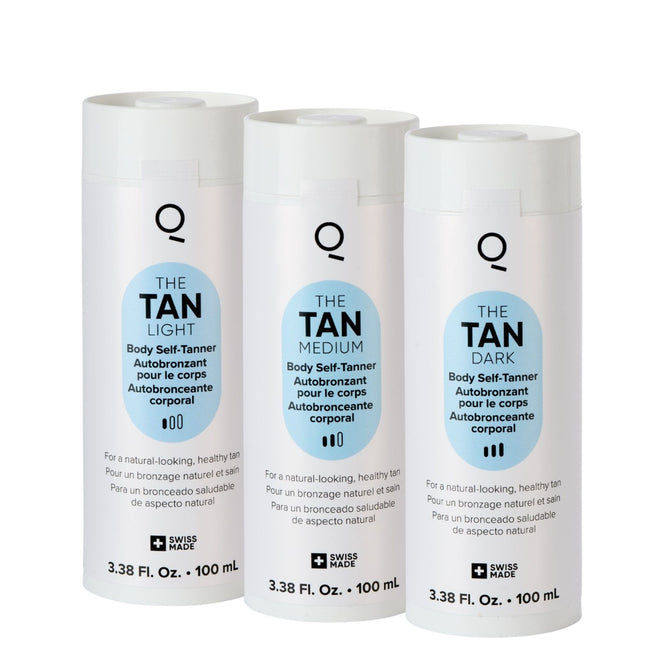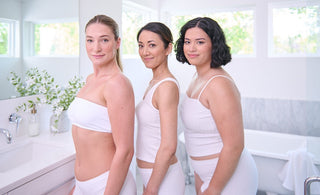
Introduction: The Glow That Comes at a Price?
That bronzed, beachy glow is tempting—but what if it’s hiding a health risk? Many people still flock to salons, wondering: are tanning beds bad for you? The short answer: yes. But it’s not just about skin deep effects. The dangers reach down to your DNA, immune system, and even your long-term health.
In this guide, we’re cutting through the myths and revealing why indoor tanning comes with a heavy cost. We’ll break down how tanning beds work, what science says about their impact, and why safer, smarter options are the way forward. If you’ve ever asked, are tanning beds safe, or are tanning beds worse than the sun, this article is for you. Keep reading to uncover the real tanning bed risks and tanning bed side effects that are often downplayed.
Why This Question Matters Now
Tanning culture is still thriving, even as medical experts raise red flags. Thousands of people still use tanning beds every day—many of them teens and young adults. The rise of skin cancer diagnoses, particularly melanoma in younger women, makes it urgent to ask: how bad are tanning beds really?
And it’s not just health. Tanning beds are expensive, inconsistent, and time-consuming. When you compare tanning bed risks against modern self-tanning options like IONIQ, the choice becomes clear. If you're still wondering are tanning beds bad for you, it's time to take a closer look at tanning bed cons.
A Quick Look at Tanning Trends and Culture
Over the decades, tanned skin became a status symbol: a sign of wealth, vacations, fitness. Tanning beds fed into that demand, offering a fast, year-round glow.
But behind the glowing surface are dark truths. Today, we know more about tanning bed side effects, and the dangers they pose are real.
The shift toward body-positive, health-conscious beauty is finally turning the tide—but not fast enough. If you're still asking are tanning beds safe, the answer from dermatologists is always no.
What Are Tanning Beds and How Do They Work?
Tanning beds are machines that use UV lamps to simulate sun exposure. Users lie inside for several minutes while UV rays bombard the skin to stimulate melanin production. This is what gives the tan appearance. But users often ask: are tanning beds worse than the sun? The science points to yes, especially when you factor in concentrated UV exposure.
The Science Behind UV Lamps
Tanning beds use both UVA and UVB rays:
-
UVA rays: penetrate deep into the skin and are the primary culprit behind aging and DNA damage.
-
UVB rays: affect the surface layers and are responsible for burns.
The mix varies by device, but both types contribute to tanning bed risks. If you're asking, are tanning beds worse than the sun?, it’s important to note: tanning beds often emit 10 - 15 times more UVA radiation than midday sunlight.
UVA vs. UVB Rays: What’s the Difference?
-
UVA (long-wave): deeply penetrates the skin, accelerates aging, and damages collagen.
-
UVB (short-wave): causes burns and contributes heavily to skin cancer.
Both UVA and UVB rays are dangerous. Exposure to either can cause mutations in DNA, leading to cancer. That’s why dermatologists consistently answer, are tanning beds safe? with a firm no. Understanding how bad are tanning beds starts with understanding the destructive power of UV rays.
Indoor Tanning vs. Natural Sun Exposure
Some believe tanning indoors is safer than baking in the sun. But that’s a myth. Studies show that tanning beds significantly increase the risk of melanoma, especially with frequent use.
Are tanning beds worse than the sun? In many ways, yes:
-
They deliver intense UV exposure in a short time.
-
They bypass the natural warning signs like heat or discomfort.
-
Users are exposed to high UVA levels that go deeper into the skin.
If you're still wondering how bad are tanning beds, this section alone should start to paint a clearer picture.
The Health Risks of Tanning Beds
Skin Cancer: Melanoma, Basal Cell, and Squamous Cell Carcinomas
Indoor tanning is directly linked to an increased risk of skin cancer. Tanning bed risks include the development of melanoma, the most deadly form of skin cancer, along with basal cell carcinoma and squamous cell carcinoma.
Multiple studies confirm that people who use tanning beds—especially before age 35—have a 59% higher risk of developing melanoma. If you’re still questioning, are tanning beds bad for you?, this should be a wake-up call.
Asking are tanning beds safe means asking if it’s worth trading your long-term health for short-term color. Skin cancer is not a minor inconvenience—it can be fatal. And this isn't just theory; dermatologists see the evidence daily.
Premature Aging: Wrinkles, Sagging, and Sunspots
Beyond cancer, tanning beds cause premature aging. UV exposure from tanning beds breaks down collagen and elastin, leading to:
-
Deep wrinkles
-
Fine lines
-
Sagging skin
-
Uneven texture
-
Age spots and discoloration
This is what happens when your skin's support system is compromised. So if you're wondering, how bad are tanning beds for your appearance, the answer is: very.
Compare that to self-tanning tools like IONIQ ONE Sprayer + TAN, the best at-home spray tan system which gives you a youthful-looking tan without damaging your skin’s structure. No UV rays, no collagen loss, no wrinkles caused by tanning.
Eye Damage: Cataracts, Photokeratitis, and More
One of the most overlooked tanning bed risks is eye damage. Without protective goggles, UV radiation can cause:
-
Cataracts
-
Blurred vision
-
Retinal damage
-
Photokeratitis (sunburn of the cornea)
These conditions can develop gradually and worsen over time. They are irreversible in many cases. So again, we return to the question: are tanning beds safe for your eyes? Absolutely not.
Immune System Suppression
Few people know that UV radiation can suppress immune function. When your immune system is compromised, your ability to fight infections, inflammation, and disease goes down.
Tanning bed side effects go far beyond the skin. They affect your body’s entire defense network. Choosing a non-UV tan method like IONIQ keeps your skin color vibrant and your immune system untouched.
DNA Damage and Long-Term Cellular Effects
UV radiation damages DNA at a cellular level. That damage can lead to mutations, some of which result in cancer. The effects may not appear right away, but each tanning session increases the chance of permanent harm.
So if you're still unsure about how bad are tanning beds, consider this: every session equals irreversible DNA damage.
Tanning Bed Industry Tactics and Misinformation
Common Marketing Claims Debunked
The tanning bed industry has used a handful of well-worn claims to keep business going, even in the face of growing medical opposition:
-
"Tanning beds are safe in moderation"
-
"A base tan protects you from sunburn"
-
"Indoor tanning helps your body make Vitamin D"
Each of these is either false or dangerously misleading. Base tans offer minimal SPF protection (estimated around SPF 3). Moderate exposure is still harmful. And Vitamin D is better obtained from food and supplements without the tanning bed risks.
Are tanning beds bad for you even when you follow salon instructions? Yes. Even minimal use carries risk. The marketing is designed to blur those facts.
Lobbying and Influence in Public Policy
Tanning bed companies actively lobby to weaken regulations. In some states, age restrictions and warning labels are inconsistently enforced. Industry influence has stalled efforts to ban tanning beds for minors in several regions.
Public health suffers when profit outweighs prevention. The real question isn't are tanning beds bad for you, but why are they still allowed despite the risks?
How Salons Downplay Risks
Many salons emphasize aesthetics while downplaying health consequences. Some go as far as promoting unlimited tanning packages without disclosing the risks involved.
They rarely mention that tanning bed side effects include:
-
DNA damage
-
Immune suppression
-
Eye injury
-
Rapid aging
This omission keeps people asking are tanning beds safe, even when the evidence says otherwise.
Safer Alternatives to Tanning Beds
Spray Tans and Airbrush Tanning
Spray tans and airbrush tanning have come a long way. Modern formulations deliver a rich, natural-looking glow without the UV radiation. They offer quick results with fewer health concerns.
Unlike tanning beds, these methods don’t cause DNA damage, and they avoid long-term tanning bed side effects. If you're wondering are tanning beds bad for you, compare them to these safer options.
Regular Self-Tanning Lotions, Mousses, and Drops
Self-tanners give you control over your color. They come in various formats—from gradual lotions to instant mousses—and can be tailored to your desired depth of tan. With no UV exposure involved, there are no tanning bed risks.
Just make sure to exfoliate beforehand and apply evenly to avoid streaks. While they might require a bit of practice, they completely eliminate concerns over how bad are tanning beds for your health.
Smart Spray Systems
The IONIQ ONE Sprayer + TAN elevates at-home tanning. It uses Magnetic Skin Technology for full-body coverage, even in hard-to-reach places. Benefits include:
-
Wrap-around, streak-free mist
-
Vegan, aloe-infused formula free from parabens and sulfates
-
No staining on clothing or sheets
-
Cordless design with 360° usability
-
No prep needed
This is the answer to tanning bed cons. You get flawless results without any tanning bed side effects, no appointments, and no UV exposure.
How to Reverse the Damage (If You’ve Used Tanning Beds)
Skin Checks and Early Detection
If you’ve used tanning beds in the past, start with a full skin check by a board-certified dermatologist. Early detection of suspicious moles can save your life. Don’t ignore this if you’ve ever asked, how bad are tanning beds for your long-term health?
Monthly self-exams and annual professional screenings are vital. Catching melanoma or other skin cancers early improves treatment outcomes.
Anti-Aging and Skin Repair Treatments
There’s no full reversal for UV damage, but you can reduce its appearance:
-
Topical Retinoids: boost collagen and reduce fine lines
-
Vitamin C Serums: help brighten skin and even tone
-
Chemical Peels and Microdermabrasion: exfoliate dead skin and reveal smoother texture
-
Laser Treatments: target sunspots and stimulate collagen
While these can improve your skin’s surface, they don’t undo the cellular damage from tanning bed risks.
Lifestyle Changes and Dermatologist Advice
Adopt a healthy skincare routine with broad-spectrum sunscreen. Hydrate your skin, get regular exercise, eat antioxidant-rich foods, and avoid future UV exposure.
And if you're tempted to go back to the bed—don't. Switch to a modern, tech-savvy, skin-safe solution like theIONIQ ONE Sprayer + TAN. It offers a reliable tan without any of the drawbacks.
Conclusion: The Verdict on Tanning Beds
So, are tanning beds bad for you? The answer, backed by decades of research and echoed by dermatologists around the world, is a clear and undeniable yes. Tanning beds aren’t just an outdated trend—they’re a documented health hazard. If you're still debating the safety of tanning beds, it's time to stop asking "are tanning beds safe" and start acting on what we know: tanning beds are not worth the risk.
They’re not better than the sun—in fact, they’re often worse. They concentrate harmful UV rays into short, intense sessions that damage your skin faster than natural sun exposure ever could. Every time someone lies in a tanning bed, they’re signing up for unnecessary risks—risks that are completely avoidable.
The Long List of Tanning Bed Risks
If you’ve ever asked how bad are tanning beds, consider just how extensive the dangers really are:
-
Increased risk of melanoma, basal cell carcinoma, and squamous cell carcinoma
-
Accelerated aging—wrinkles, sunspots, loss of elasticity
-
Potential eye damage like cataracts and retinal burns
-
Immune system suppression
-
Permanent DNA damage
-
Possible dependency due to the psychological association with self-image and mood
Each of these tanning bed side effects is well-documented. They're not rare, isolated cases—they’re the norm. And yet, many people still believe the tanning bed industry’s marketing, asking whether tanning beds are worse than the sun, as if that debate hasn't already been settled by science.
Are Tanning Beds Safe If Used in Moderation?
Let’s clear that up: No. Even one tanning bed session increases your risk of developing melanoma. This isn’t alarmist—it’s based on repeated findings from peer-reviewed studies.
The phrase "everything in moderation" doesn’t apply to carcinogenic UV exposure. You wouldn’t smoke just one cigarette and call it healthy. Likewise, one tanning session isn’t a free pass.
Are Tanning Beds Worse Than the Sun?
Absolutely. When you go outside, you get incidental UV exposure—and that’s dangerous enough. But tanning beds deliver 10 - 15 times more UVA radiation than the midday sun. That means deeper penetration, more DNA damage, and a faster road to skin cancer.
Tanning beds bypass your skin’s natural warning system. Outside, you feel the heat and discomfort as a sign to get out of the sun. Inside a bed, you're tricked into feeling safe while intense radiation works silently beneath the surface.
Tanning Bed Cons Extend Beyond Health
Besides the health dangers, there are practical tanning bed cons that make them a poor choice even if the risks were lower:
-
Inconvenient: You have to commute, wait for appointments, and deal with maintenance schedules.
-
Expensive: $20 - $40 per session adds up. Yearly costs range from $620 to $1,000+—not including gas, time off work, or other travel-related expenses.
-
Inconsistent: Beds can miss areas, and results often depend on positioning and timing.
-
Addictive Cycle: Once you start tanning, the fading color prompts you to go again and again.
Add all this up, and it becomes painfully obvious just how bad tanning beds are—not just for your health, but your time, your wallet, and your well-being.
Why People Still Use Tanning Beds
So if the evidence is this overwhelming, why do people still use tanning beds? In short: image, habit, and misinformation. The beauty standard for bronzed skin hasn’t disappeared. But how we achieve that glow needs to evolve.
Many still don’t know that are tanning beds bad for you is no longer a question—it’s a settled answer. Education, public awareness, and social change are helping shift the tide, but it’s not happening fast enough.
The IONIQ ONE Sprayer, Alternative: What Tanning Beds Can’t Do
This is where technology steps in. The IONIQ ONE Sprayer + TAN offers everything tanning beds promise—without the damage:
-
Magnetic Skin Technology ensures complete, even coverage—even on your back and hard-to-reach areas
-
Wrap-around mist means no streaks, no rubbing, no mess
-
No parabens, sulfates, or silicones—just skin-loving ingredients like aloe
-
Cordless, splash-proof design that works at any angle, anywhere
-
Self-cleaning system and 2 - 3 full-body uses per cartridge
It gives you the glow you want without UV exposure, tanning bed side effects, or the salon hassle. It's not a compromise—it’s an upgrade.
With IONIQ ONE Sprayer, the best at-home spray tan there are no appointments. No awkward positions. No cancer risk. No wondering are tanning beds worse than the sun, because you’re not exposed to any rays at all.
Real Skin Health Starts With Prevention
If you’re looking to reverse the damage from tanning beds, prevention is key. Stop the cycle today. Your skin doesn’t need another hit of radiation—it needs rest, nourishment, and protection.
Choose smart tools. Use SPF daily. Hydrate inside and out. Talk to your dermatologist. Book that mole checkup. You can’t undo the past, but you can protect your future.
Ask anyone who’s dealt with skin cancer or premature aging—and they’ll tell you the glow wasn’t worth it.
It’s Time to Tan Differently
Let’s stop asking if tanning beds are bad for you. They are. It’s not up for debate anymore.
-
They’re bad for your skin
-
They’re bad for your health
-
They’re bad for your wallet
-
They’re bad for your schedule
Self-tanning at home has advanced and modern alternatives. You can get a flawless glow without compromise. Without damage. Without risk.
The Bottom Line
Are tanning beds bad for you? Yes. Are tanning beds safe? No. Are tanning beds worse than the sun? Absolutely. How bad are tanning beds? Bad enough to be banned in multiple countries and restricted in many more.
There are no more excuses. You deserve better. Your skin deserves better.
Ditch the tanning bed. Keep the glow.
Make the smart switch. Choose health.




